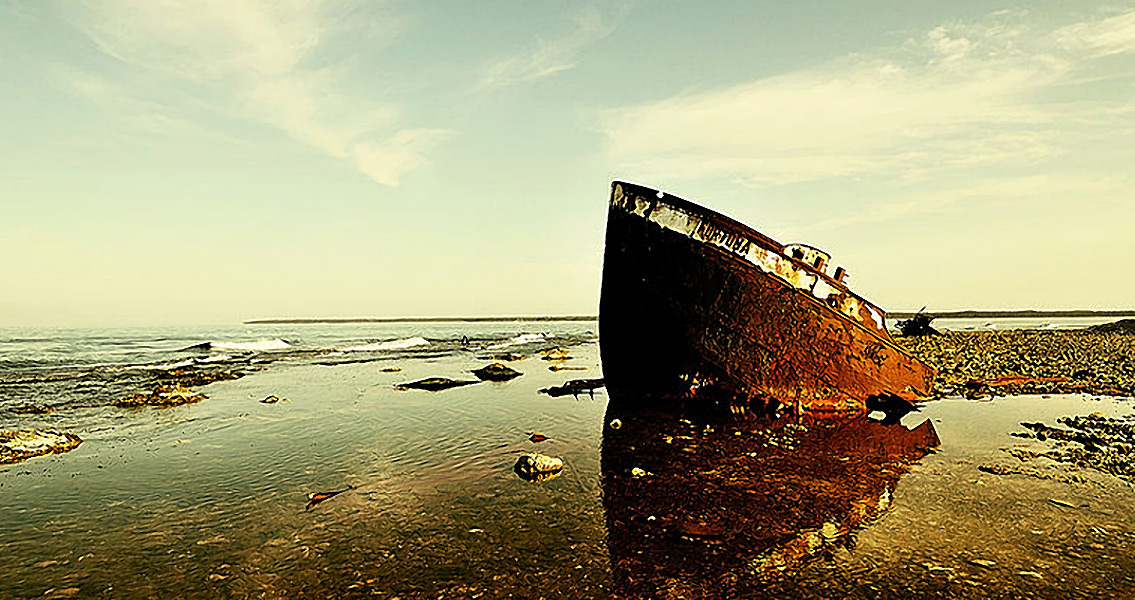<![CDATA[A glistening cast metal called orichalcum has been found inside an ancient shipwreck that sunk nearly 2,600 years ago near the coast of Sicily. The fragments of orichalcum were apparently being delivered to Gela in southern Sicily, from either Greece or Asia Minor according to researchers. Sebastioano Tusa, superintendent of the Sea Office in Sicily, stated, "The wreck dates to the first half of the sixth century. It was found about 1,000 feet from Gela's coast at a depth of ten feet." The 39 ingots which were found on the sandy sea floor are intriguing to researchers, as they are an extremely rare find. "Nothing similar has ever been found. We knew orichalcum [only from] ancient texts and a few ornamental objects." The metal is unique, and its composition and derivation are widely debated. Fourth century BCE Greek philosopher Plato made orichalcum renowned by mentioning it in his Critias dialogue. Cadmus, a Greek Phoenician, invented the metal, according to ancient Greek mythology. Second only to gold in terms of value, another part of Greek mythology involves orichalcum being mined at Atlantis to cover the interior walls, columns, and floors of Poseidon's temple. Most researchers today believe that the metal was a brass-like alloy made by a process involving the reaction of zinc ore, charcoal, and copper inside a cauldron. Upon further examination, researchers analysed the ingots from the ship with X-ray fluorescence, which resulted in the discovery that they were composed of 75-80 percent copper, 15-20 percent zinc, and other small amounts of nickel, lead, and iron. According to Tusa, "The finding confirms that about a century after its founding in 689 BCE, Gela grew to become a wealthy city with artisan workshops specialised in the production of prized artifacts." The ingots that were discovered at the shipwreck site were on their way to a workshop in Gela, where they would have been made into high quality decorations. Retired professor of physics Enico Mattievich believes that the ingots were not actually made from orichalcum. Mattievich argues that they are just lumps of latone metal. This is an opposing theory to the one in which orichalcum is brass-like in nature. Some scholars equate orichalcum to amber, however Mattievich believes orichalcum's origin lies in the Peruvian Andes as well as the Chavin civilisation that advanced there from 1200BCE to 200BCE. Despite the arguments over the origins of orichalcum, Tusa's team will continue to excavate the shipwreck and bring to light more cargo. Tusa is optimistic about the continuation of the excavation, stating, "It will provide us with precious information on Sicily's most ancient economic history." ]]>
Mysterious Metal Found in Ancient Shipwreck
